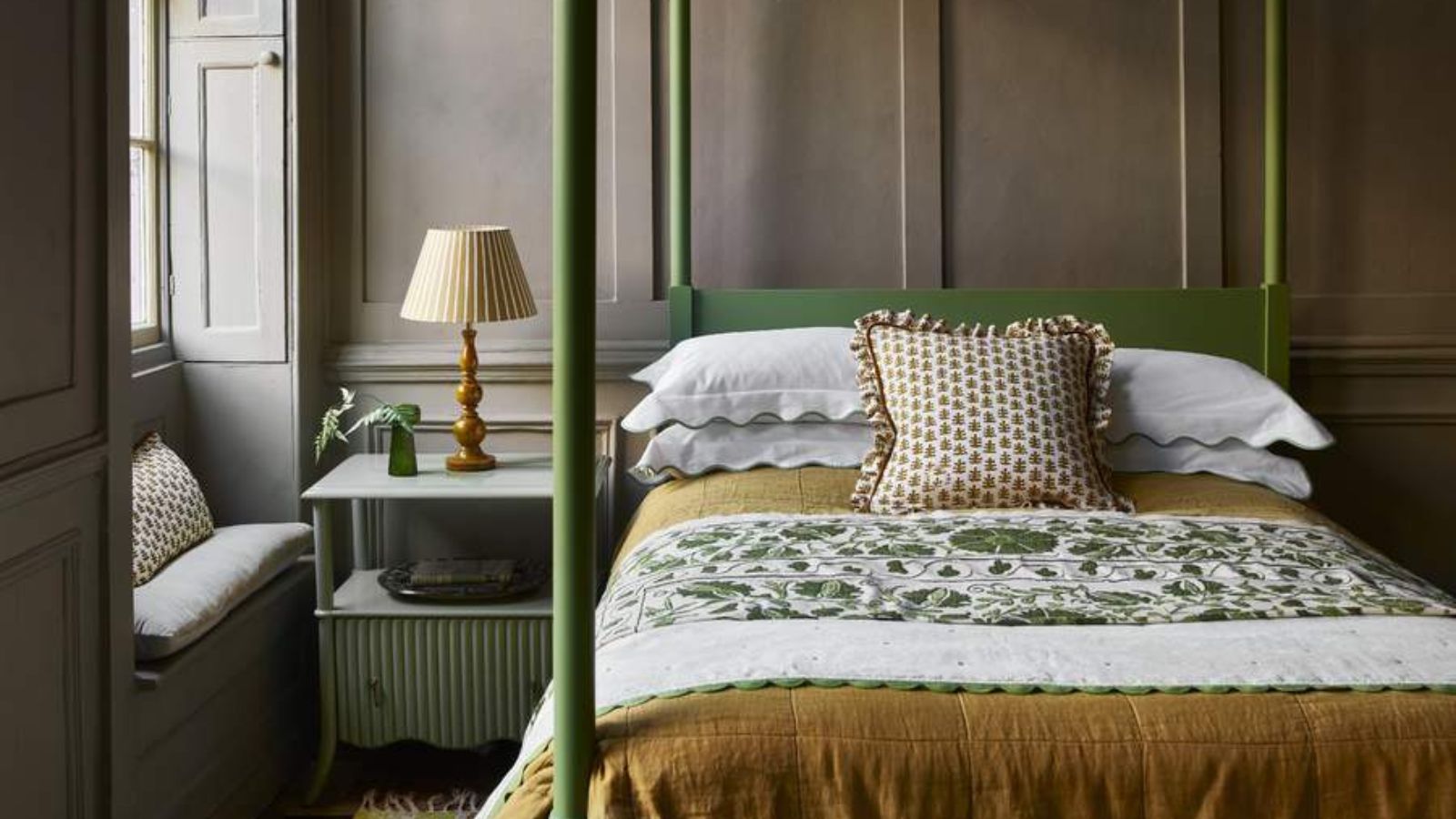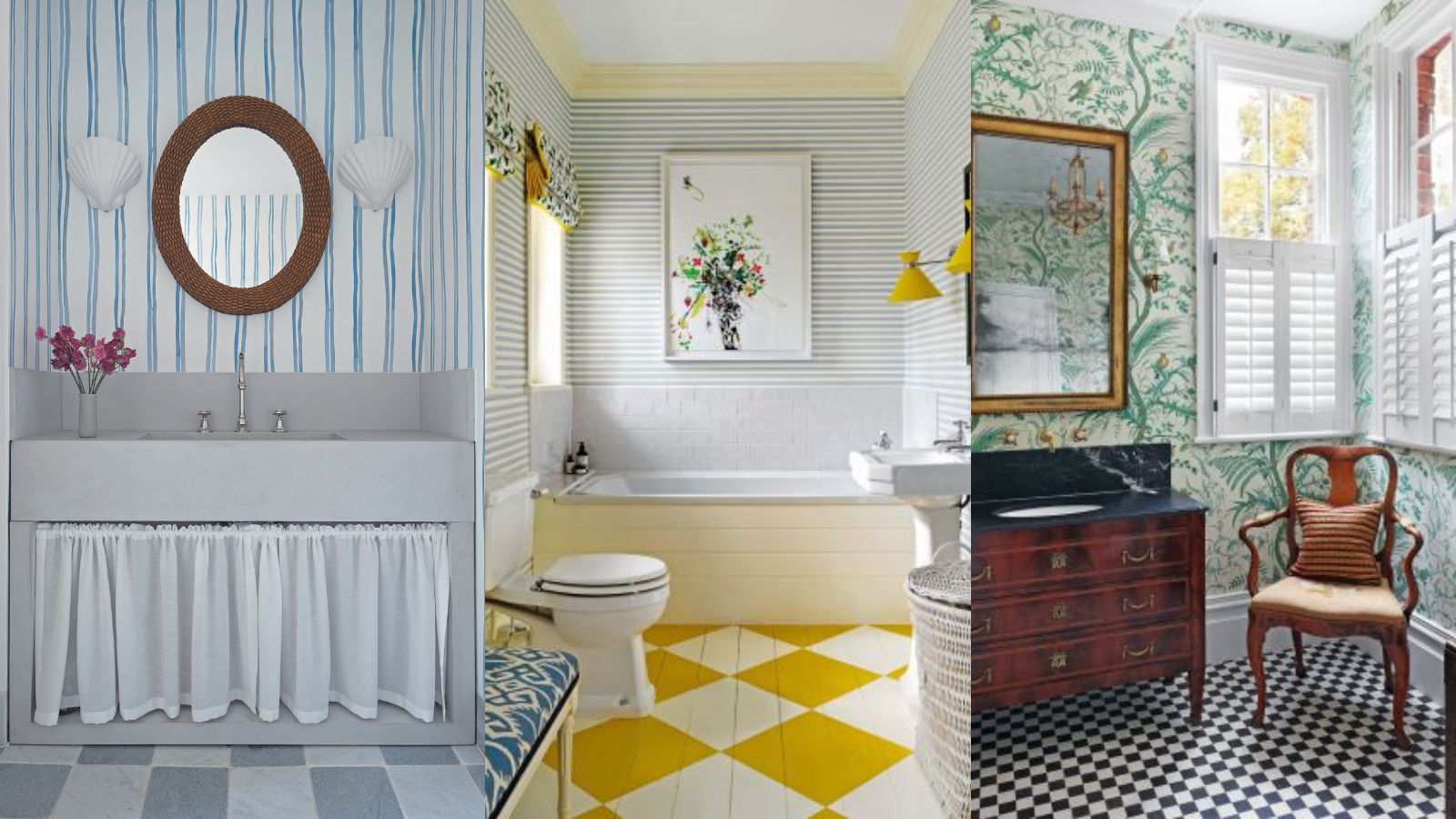How to shop water-saving bathroom fittings – 5 expert eco tips
Clever choices can cut water and energy consumption without compromising on performance


Summer-long heatwaves aside, we all know that it's sensible to choose water-saving bathroom fittings when we're remodelling.
Whether or not you're committed to sustainable bathroom ideas as part of a range of eco home improvements, we can guarantee that you will be looking for ways to cut energy bills in the current climate.
Shopping sustainably and choosing energy-efficient appliances, particularly those that save water, makes sense all round, then. Here, we bring you a basic but expert guide to choosing water-saving fittings for your bathroom so you know what to look for when you shop.
How to shop water-saving bathroom fittings
Obviously there are ways to cut water usage in a bathroom, from simply fixing leaky faucets to cutting your shower time, but new bathroom technologies are designed to help you save water, too. Here's what to look for.
1. Cut back on water usage overall
Water is a precious resource – climate change is making supply unpredictable, with increased frequency of drought across the US and Europe.
Yvonne Orgill, managing director at the Unified Water Label, says: ‘Heating hot water accounts for 25 per cent of home energy usage, so it makes sense to use water efficiently to help reduce energy bills.’
As well as using water carefully to minimize wastage, look for labelling that provides information about how much water and energy products consume, with the most efficient taps and showers delivering water at no more than 6ltr/min.
2. Shop for water-saving basin mixers
‘Typically, across the market you would expect to see a standard basin tap offering a flow of 7ltr/min to 9ltr/min,’ says Paul Bailey, Grohe leader product management.
To reduce water consumption, many taps (and showers) are now fitted with flow regulators to reduce their flow.
There are other innovations: the Grohe Plus tap with LED display offers a spray of 5.7ltr/min and an even greener water-saving flow of 4ltr/min, achieved by just a wave of the hand over the tap’s sensor.
Some manufacturers have developed ‘cold start’ technology for basin mixers: only cold water is delivered when the tap is operated from the traditional starting position, so that the boiler isn’t fired up unnecessarily every time the tap is turned on.
‘Conventional mixers tend to provide a mix of hot and cold when started, even if the user only wants cold water – for example, when cleaning teeth,’ says Mark Winfield, Roca senior product manager.
3. Cut shower water usage
According to the Unified Water Label, if everybody took one minute off their shower time, we could save 7 per cent of home water use – and save energy too.
In addition, manufacturers have been busy developing water-saving technologies, as Keith Dyson, technical sales manager, Hansgrohe, explains. ‘Our EcoSmart products use air technology to volumize each droplet of water, reducing water consumption by up to 60 per cent without compromising on the shower experience.’
Digital showers can also offer water-saving benefits, as Suzannah Adey, digital product manager, Mira Showers, explains. ‘Through accurate water measurement tracking via the Activate shower app, you can easily see how much water you’re using.’
4. Reduce how much you flush
‘The average “old” flush is 9 litres, so choosing a more efficient toilet can make a substantial water saving,’ explains Samantha Millican, product manager, Geberit.
‘I suggest looking into innovations such as cisterns with dual flush technology,’ she says.
5. Reduce your bath water usage
‘A bath normally takes about 80 litres of water,’ says Yvonne Orgill.
Many manufacturers offer eco tubs in smaller sizes with lower overflows, but – for the quickest win – Yvonne recommends simply putting the drain stopper in when you start to run the bath, rather than allowing water to pour down the drain until it reaches the required temperature.
What are water-saving faucets?
Water-saving faucets have a deceptive low-flow; they mix air into the water so that the flow feels as full as usual though the volume of water used is hugely reduced. You can find similar fittings for showers, too.
How do water-saving showers work?
Water-saving showers work in the same way as water-saving faucets, reducing the flow of the water and aerating it so that, though it's low-flow, it feels full-flow.
Sign up to the Homes & Gardens newsletter
Design expertise in your inbox – from inspiring decorating ideas and beautiful celebrity homes to practical gardening advice and shopping round-ups.

Amelia Thorpe is a specialist interiors and design journalist, covering every topic to do with homes from fabrics, furniture and lighting to surfaces, kitchens and bathrooms.
As the daughter of an antique dealer and a lifelong collector of old cookery books and vintage graphics herself, she also has a particular expertise in antiques, mid-century and decorative arts of all kinds.
Drawn to homes because of their importance in the happiness of our lives and the enjoyment they can bring, Amelia has been writing about the topic for more than fifteen years. She has interviewed some of the most influential designers of our time, from Piero Lissoni, Antonio Citterio, Jaime Hayon and Arik Levy to Nina Campbell and Robert Kime.
-
 Kelly Ripa and Mark Consuelos's dining room shelves combine unexpected elements for the ultimate storage solution – it's multi-functional and replicable
Kelly Ripa and Mark Consuelos's dining room shelves combine unexpected elements for the ultimate storage solution – it's multi-functional and replicableGreen shelves in Kelly Ripa and Mark Consuelos' dining room cleverly combine storage to accomplish separate purposes in a pretty way
By Sophie Edwards Published
-
 I'm a Sleep Editor – these are the 7 mattress features I think are gimmicks and not worth the spend
I'm a Sleep Editor – these are the 7 mattress features I think are gimmicks and not worth the spendIn my search to find the world's best mattress, I've come across some duds − learn from my mistakes and avoid these mattress gimmicks
By Emilia Hitching Published
